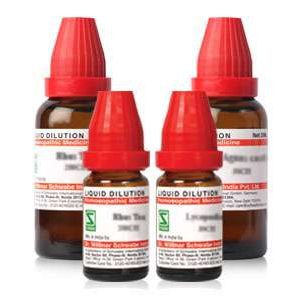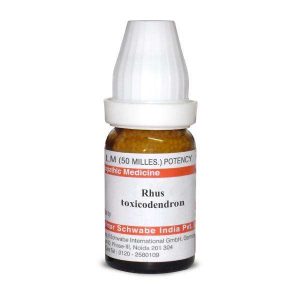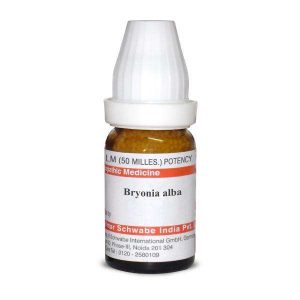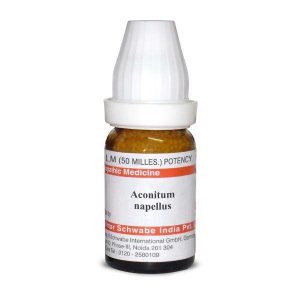
13 Foods To Avoid If You Have Arthritis
- Dr. Aditi Sharma
- May 28, 2021
- No Comments

Arthritis means inflammation of joints. Arthritis is more common among people over 65 years of age. It can be due to both extrinsic causes and intrinsic causes. Signs and symptoms of arthritis can appear suddenly or gradually. Irrespective of this arthritis adversely affects the life of an individual and curtails their daily activities.
What causes arthritis?
The various causes are:
- Injury
- Abnormal metabolism,
- Inheritance
- Infections,
- Immune system dysfunction
Many times, arthritis is caused due to a combination of the above factors.
Apart from these causes, there are several risk factors associated with arthritis. These include: –
- Age: More the age greater the risk of getting arthritis.
- Intercourse: Arthritis is more commonly found in females than males.
- Obesity– Overweight and obese increase the chances of getting arthritis.
- Occupation– Occupations that involve bending of knees and squatting increase the chances of getting osteoarthritis.
What are the signs and symptoms of arthritis?
- Pain: it can be persistent or may fluctuate. It may involve many parts of the body or may be felt in one single part.
- Swelling: swelling occurs with redness and warmth of the skin over the affected joint.
- Stiffness. Stiffness is the most common symptom. With some types, stiffness occurs after rest. With other types, stiffness may occur after exercise, or it may be persistent.
- Difficulty moving a joint: If moving a joint or getting up from a chair is hard or painful, this could indicate arthritis or another joint problem.
Also Read Suffering From Joint Pain? Try Homeopathy
What are the various foods to avoid arthritis?
As arthritis involves inflammation of the joints there are certain food items that aggravate inflammation. Along with the medications for arthritis, these food items should be avoided as far as possible. These include: –
- Processed foods- Processed foods, such as prepackaged snacks contain trans-fats for preservation. This trans- fats trigger inflammation. To avoid trans-fats, don’t eat any foods which contain partially hydrogenated oils.
- Omega-6- fatty acids- Excessive omega-6 intake can trigger inflammation. Therefore eat only small amounts of foods that are high in this. These food items include- sunflower, safflower, corn, peanut, soy oil, and most meats.
- Sugar- Foods with refined sugar including pastries, chocolate, candy, soda, and even fruit juices trigger the release of chemicals called cytokines in the body, which leads to inflammation. Avoid foods such as chocolate, candy, fruit juices, pastries, and soda. In addition to sugar, avoid food items having corn syrup, sucrose, fructose, or maltose as ingredients.
- Sugar alternatives- Sugar alternatives, such as sucralose and aspartame can cause inflammation in sensitive individuals. Due to this, foods such as sodas, sugar-free candy, gums, pudding, and low-fat yoghurt should be avoided.
- Red Meat- Contains high amounts of saturated fats and advanced glycation end products (AGEs), which may cause inflammation.
- Fried food- Fried food such as fried chicken, French fries, and doughnuts contain trans fats and AGEs.
- Refined carbohydrates- White flour products increase glucose in the blood which can cause inflammation. Avoid foods such as white pasta, white bread, and cracker
- Wheat grain- People with gluten sensitivities are found to experience joint pain.
- Cheese– Cheese and cream cheese are high in both saturated fats and advanced glycation end products (AGEs). They should be consumed sparingly.
- High-fat dairy- As found in butter and mayonnaise contains trans fat. Therefore they should be consumed in restricted amounts.
- Alcohol- Excessive intake of alcohol should be avoided to prevent inflammation.
- High salt diet- Avoid foods such as pizza, shrimp canned soup, etc.
- MSG as found in particularly Chinese foods and soups should be avoided.
- Vegetables from the nightshade family- These vegetables contain a chemical called solanine. This aggravates the inflammation of joints in some people. Therefore vegetables such as eggplant, potatoes, tomatoes, and peppers should be taken in limited amounts.
What tests are done to diagnose arthritis?
The various procedures to diagnose the cause of arthritis include: –
- Physical examination by the doctor
- Blood tests such as the presence of rheumatoid factor in blood to diagnose rheumatoid arthritis
- X-rays help to detect any structural change in the joint such as bone spurs, loss of cartilage, or bone rubbing against bone.
- Joint aspiration where a small amount of fluid is drawn from the affected joint with the help of a needle helps to detect especially infectious arthritis.
Also Read Do’s and Don’ts of Chronic Joint Pains
What is the homeopathic treatment for joint pain?
Homeopathy has a significant role to play in the treatment of arthritis. Well-selected homeopathic medicine helps to control the symptoms of arthritis. It also helps to control the pathology that is responsible for arthritis. Constitutional homeopathic medicine which is the most similar to the disease manifestation is the best homeopathic medicine in a given case. For this, a trained homeopathic physician takes a detailed case record of the patient and elicits symptoms from both the mental and physical spheres. At times past medical history of the patient and the family history of the patient help to determine medicine for the patient.
Apart from this commonly indicated homeopathic medicines for joint pain are:
- Aconitum Napellus This remedy is especially indicated when arthritis is suddenly triggered by cold air or cold weather. The patient as a person gets panicky and fearful due to this sudden and violent pain and inflammation.
- Arnica Montana– It is indicated when arthritis involves the parts of the body that had sustained an injury in the past. There is excessive soreness and bruised sensation in the affected parts.
- Rhus Toxicodendron– It is indicated when arthritis arises due to overstrain of the affected parts. The pain gets aggravated due to prolonged rest and first motion. This pain then gets relieved by continuous motion of the affected part.
- Bryonia Alba– This is indicated when the pain in the affected parts gets better by complete rest and pressure on the affected parts.
- Ledum palustre– It is indicated when arthritis begins in lower joints and extends to higher ones. The joints have a lot of swelling with pain. The symptoms are markedly ameliorated by cold application.
-
 Ledum palustre CHSale Product on sale
Ledum palustre CHSale Product on sale₹100.00₹82.00 -
 Rhus toxicodendron LMSale Product on sale
Rhus toxicodendron LMSale Product on sale₹100.00₹82.00Rated 5.00 out of 5 based on 1 customer rating -
 Bryonia alba LMSale Product on sale
Bryonia alba LMSale Product on sale₹100.00₹82.00 -
 Aconitum napellus LMSale Product on sale
Aconitum napellus LMSale Product on sale₹100.00₹82.00 -
 Topi Arnica CreamSale Product on sale
Topi Arnica CreamSale Product on sale₹80.00₹65.60
Conclusion
Arthritis is a very common problem. There are around 200 myriad conditions that fall under the term arthritis. It involves pain, inflammation, swelling, stiffness, and difficulty in the movement of joints and surrounding tissues. It can be sudden or gradual in onset. Several risk factors such as old age, female gender, and obesity are associated with arthritis. Arthritis generally occurs due to a combination of causative factors. The causative factors of arthritis include faulty genes, infection with bacteria, viruses or fungus, injury as well as errors in metabolism. In some arthritis such as rheumatoid arthritis and SLE one’s own immune system erroneously damages the joints of the body. Homeopathy provides a safe and effective solution for different types of arthritis. There are both patient-specific constitutional medicines as well as specific medicines for arthritis in homeopathy. Along with medications, diet plays a significant role to manage arthritis. One can well manage arthritis by consuming anti-inflammatory foods, such as colourful vegetables and leafy green. Apart from this certain foods are seen to worsen the inflammation of the joints and surrounding tissues. These include processed food, trans-fats, and AGEs, refined carbohydrates, sugar and sugar alternatives, high salt content in food, MSG, wheat grain, gluten, full cream dairy products and cheese, red meat, and fried food. Excessive alcohol consumption also adversely affects the joints in arthritis. For the best results of treatment, one should restrict the intake of these foods as much as possible.


































